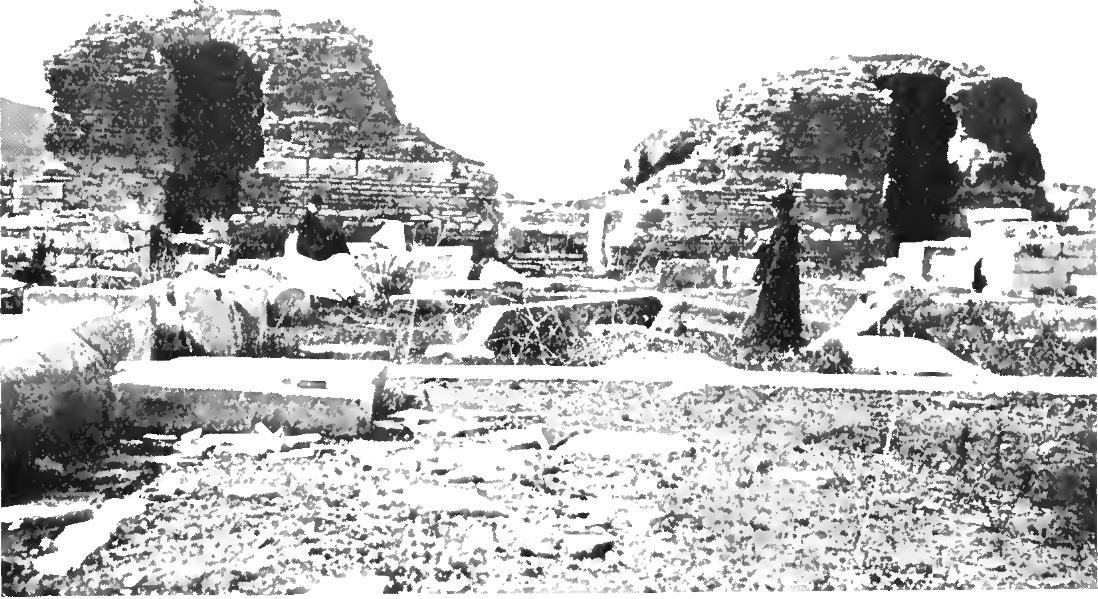<![CDATA[Izmir’s Temple of Artemis, considered to be one of the most important ancient structures in the world as well as one of the seven ancient wonders of the world, is set to go through excavations all over again. Professor Sabine Ladstatter, the head of excavations in the city of Ephesus states that these excavations are supposed to focus on four aspects of the ancient city. Work is expected to start with the temple and the Turkish bath and then proceed to the Cukurici tumulus, a settlement close to the southern parts of the Virgin Mary Church. According to Professor Ladstatter, the last set of excavations at the Temple of Artemis took place more than 20 years ago. Professor Ladstatter also states that the new set of excavations in the region is expected to be extremely exciting. She believes that certain questions like the presence of a church in the area of the Temple of Artemis should finally be answered with the help of these excavations. However, she also added a word of caution as excavating the temple area would not be an easy task because of the high water table. The Austrian professor also mentioned that this was a lucky year to start off with the excavation work because of the fact that the ground water has withdrawn. This should eliminate the need for pumps and allow work to proceed at a much faster rate. The main goal of the current project is to reach the remains of the Roman era within the temple before the rainy season. Cengiz Icten, the former head of archaeology for the Ephesus Museum, states that the temple was constructed in the year 550 BC entirely from marble. He also says that this 18m high temple was humongous in its size. In fact, it was built on an area that was just about the size of a modern day football field. This alone makes it one of the most magnificent structures of the era. The temple was discovered by Turtle Wood, a railway engineer, in the year 1860, but many of its artifacts were smuggled out of the Ottoman Empire. Although most of these ancient artifacts remain missing, some finally found their way to the British Museum. Ephesus has always been considered to be one of the best excavation areas in the world. The professor also believes that a proper arrangement for tourists to come and visit the remains of the temple could also be made. She mentioned that at the present moment too many remains of the temple are not visible. Visuals signs, hoardings and information boards and could be placed in the area to attract tourists. Unfortunately, the temple has lost much of its grandeur due to the ravages of time. As a result, how much would be left to see remains a major question. Hopefully, the new excavations will unearth something of historical value that sparks an interest in the area once again.]]>
Excavations Restart on Izmir’s Temple of Artemis
